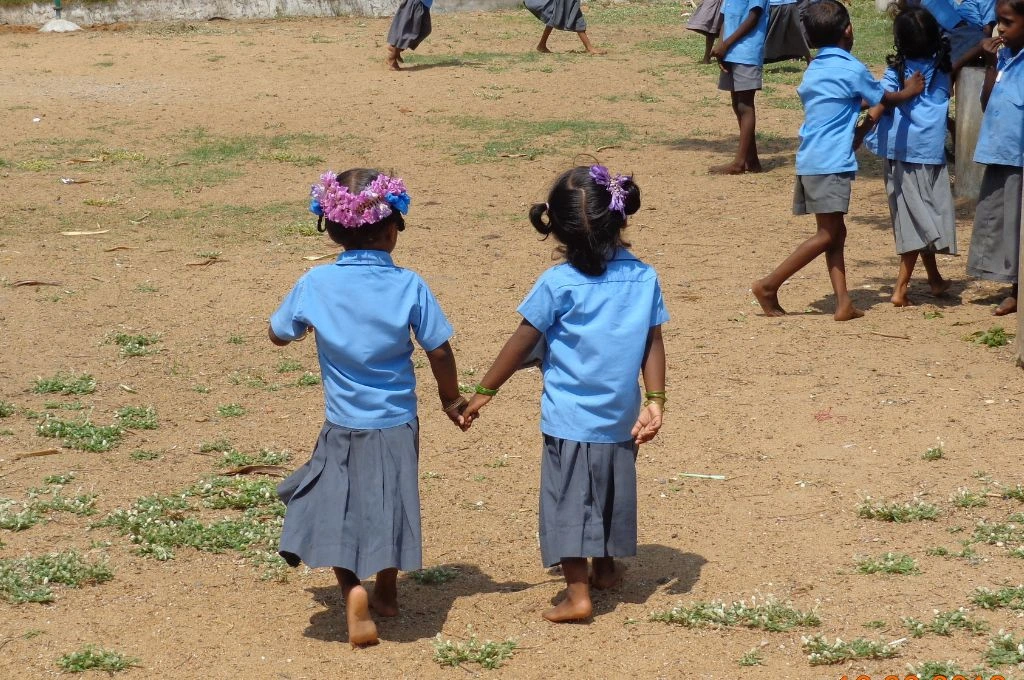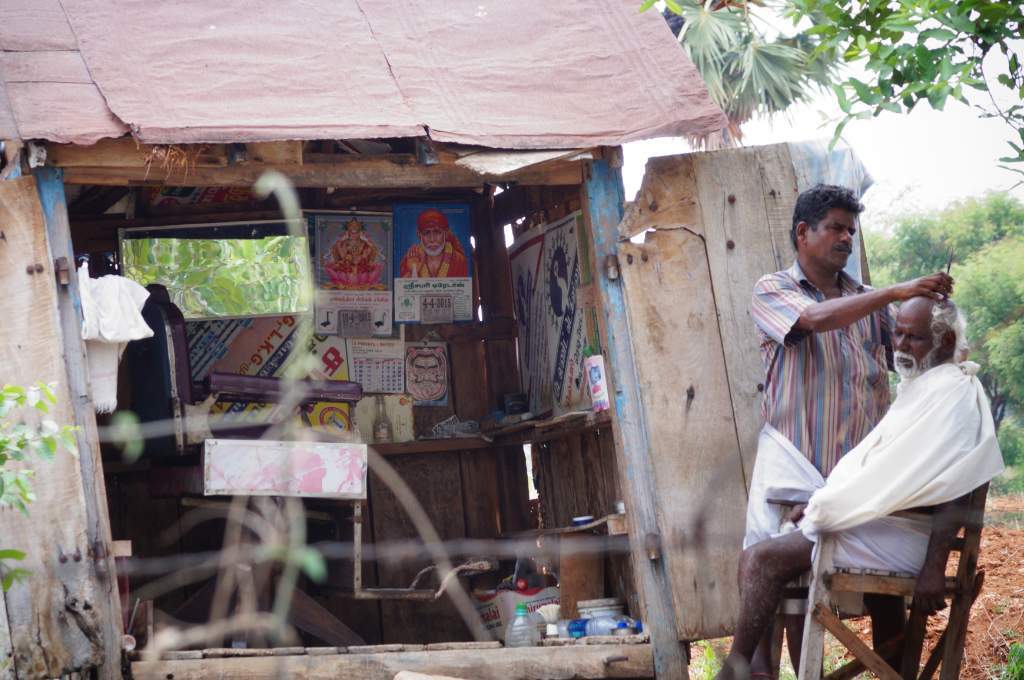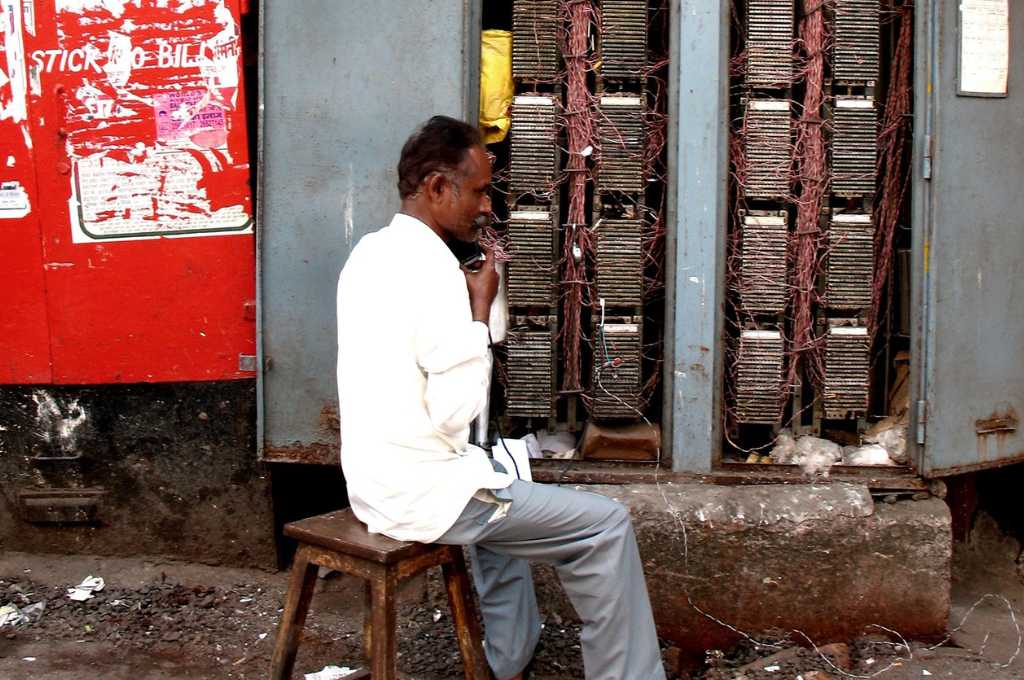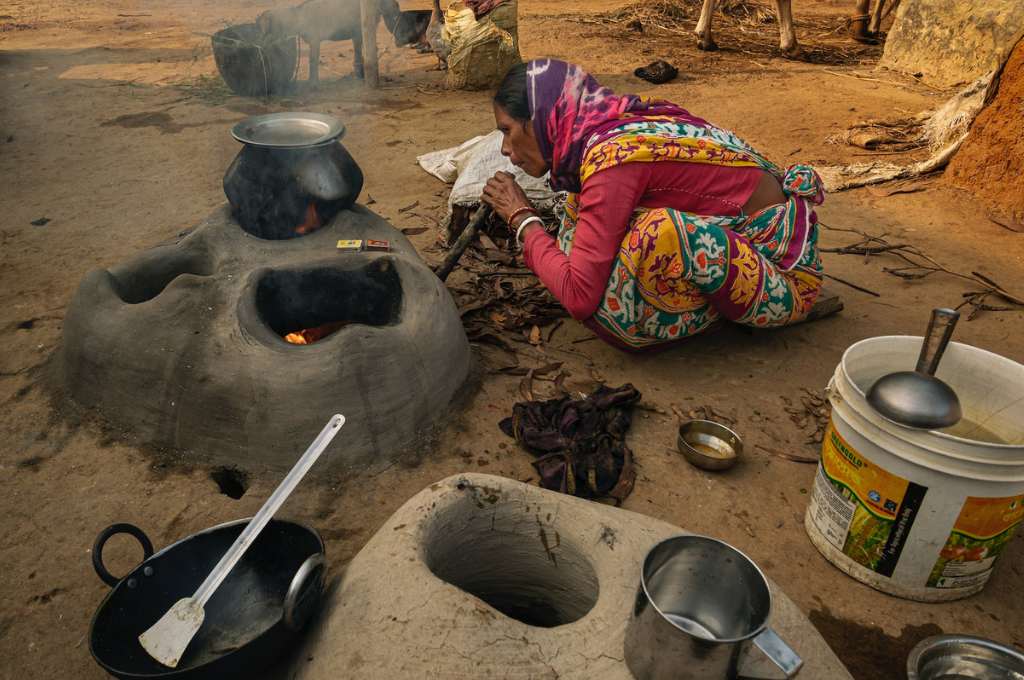Nomadic tribes (NT) and denotified tribes (DNT) represent some of the most remote, marginalised, and historically oppressed communities in India. The roots of this discrimination go as far back as 1871, when the colonial government enacted the Criminal Tribes Act (CTA), classifying hundreds of nomadic and semi-nomadic communities as ‘criminal tribes’, effectively criminalising entire populations based on their traditional ways of life. The colonial rulers saw nomadic communities as a challenge to their understanding of a modern state. Their attempts to ‘civilise’ deemed it necessary for nomadic communities, who did not fit into their idea of fixed society, to be moulded to make state control over subjects easier.
For example, in my home state Maharashtra, the state government classifies traditional nomadic communities into 42 castes and tribes; out of these, 28 were branded as ‘criminal’ by the colonial government. Thus, a social quarantine was effectively imposed on them, capturing and limiting them to isolated settlements in order to keep a check and control on their criminal activities, and in turn to surveil them.
The CTA was repealed in 1952 and these communities—many of whom engaged in begging, worked as entertainers, or lived as pastoralists—were officially ‘denotified’, becoming what we now refer to as DNTs. However, the stigma attached to their historical classification as criminals has persisted, impacting their access to basic rights and opportunities, and subjecting them to continued persecution by the legal system. Although the CTA was repealed in 1952, state governments across India introduced the Habitual Offenders’ Act right after, which retained the provisions of the CTA in spirit, minus the ‘criminal’ label.
This historical stigmatisation of NT-DNT communities has resulted in their exclusion from the flows of economic and social development, with individuals often denied access to essential services including healthcare, housing, and education. Consider the case of education. A study conducted by Vijay Korra, assistant professor at the Centre of Economic and Social Studies, Hyderabad, revealed that only 0.8 percent of students from DNT communities reach higher education. Another study conducted between 2019 and 2021 in the states of Madhya Pradesh, Rajasthan, and Gujarat by the Bhasha Research Centre showed that 65.6 percent of children from the Gadia Lohar community had never been enrolled in school, a figure 21 times higher than the national average reported in the Annual Status of Education Report (ASER) 2022 report.
The reasons for NT-DNT communities’ exclusion are manifold, as evidenced by a 2015 study on the educational status of NT and DNT tribes in Maharashtra. The study found that children from these communities had lower enrolment numbers and higher dropout rates. While poverty was one reason—27 percent were reported as being out of school due to it—social exclusion and lack of political representation of the kind that would advance the cause of DNT communities were also considerable factors. India’s National Education Policy (NEP) 2020 aims to achieve a 50 percent enrolment rate in higher education (it currently stands at 28.3 percent). But only approximately 1 percent of DNT communities have access to secondary education.
Here are some of the barriers that DNTs face in accessing education:
1. Lack of documentation
The primary barrier to educational access for NT-DNT communities is the lack of necessary documentation. Due to their nomadic lifestyle, many DNT families do not have caste certificates, residence proofs, and identity documents required for school enrolment. In Maharashtra, for example, 42 nomadic tribes migrate continuously in search of livelihoods, making it nearly impossible to provide evidence of residence before 1961—a requirement for obtaining caste certificates. According to the Renke Commission report, 61.8 percent of nomadic tribes do not possess caste certificates, while only 17.32 percent of schoolgoing children from nomadic communities in Madhya Pradesh, Rajasthan, and Gujarat benefit from reservation policies.
In many cases, children from DNT communities are denied admission to schools due to the absence of identity or residence documentation. According to the Renke Commission, 71.7 percent of DNT children are not attending school, largely due to these administrative barriers. The state mandate for the Citizen Amendment Act/National Register of Citizenship (CAA/NRC) bill puts denotified and nomadic communities further at the mercy of state machineries as these communities often don’t have government documents. This lack is worsened because these communities have a difficult time in availing reservations.

2. Discrimination by law enforcement
One of the primary reasons for the continued marginalisation of the NT-DNT communities in the field of accessing education is the persistence of the colonial-era stigma of criminality. Soon after CTA was repealed, the Habitual Offenders’ Act was passed. These laws encourage the policing and surveillance of these communities, leading to extremely discriminatory treatment by law enforcement. This persecution and prejudice extends to children and youth in the community, whose lives are disrupted as a result.
A recent example of this discrimination is from June 2023, when 150 individuals—including many children and pregnant women—from the Pardhi community were arrested by the police in Pune on mere suspicion of theft. Despite the lack of evidence, no apology or legal action followed. Such incidents violate the fundamental rights enshrined in the Indian Constitution, including the right to equality (Article 14) and the right to life and personal liberty (Article 21), as well as the right to education of a child.
3. Social discrimination
The educational exclusion of NT-DNT communities cannot be fully understood without acknowledging the intersection of caste and class in Indian society. Upper-caste dominance in education, media, and policymaking ensures that the voices and concerns of marginalised communities remain unheard. For example, Oxfam India’s 2020 report on media diversity revealed that 90 percent of leadership positions in the media are held by upper-caste individuals. This lack of representation shapes public discourse and perpetuates stereotypes about NT-DNT communities.
Even within the education system, caste-based discrimination continues to affect students from marginalised backgrounds. The failure of the state and society to address these deep-rooted inequalities means that NT-DNT communities remain on the periphery of India’s development. In many parts of Rajasthan, one often hears cases of schoolchildren being denied water due to their caste status. This kind of exclusion from basic rights, including education, is common among NT-DNT communities.
Such social discrimination plays a big role in the exclusion of DNT children from education. Research by Bhasha Research Centre found that 71.5 percent of Pardhi children experience discrimination in schools, including being denied access to drinking water from the same glass as other children. Moreover, 85 percent of Pardhi children are called by their community name in a derogatory manner and labelled ‘children of thieves’. This constant stigmatisation and alienation makes many DNT children feel unwelcome in the formal education system, leading to high dropout rates.
Policy failures and government neglect
Deepa Pawar, founder of Anubhuti Trust, which works towards uplifting and securing the lives of NT-DNT communities, says, “There are many NT-DNT communities who cannot move as fast as the rest of society, because they have not been able to access the resources that they need due to their unjust criminalisation.” She adds, “The NT-DNT communities have survived through their own skills and resilience despite generations of violence and neglect.”
These communities represent 10 percent of India’s population. The Renke Commission has recommended granting denotified tribes a 10 percent reservation in government jobs, even if it surpasses the current 50 percent reservation limit. It also suggests amending the Constitution to create a separate category for NT, DNT, and semi-nomadic tribes under the Scheduled Castes and Scheduled Tribes (Prevention of Atrocities) Act, 1989. The act should be tailored to address the needs of the communities, with mechanisms for regular monitoring and review to ensure its effective implementation. Historian Bhangya Bhukya and sociologist Sujatha Surepally note that some DNT communities, like those in Karnataka, have been included in state SC lists, leading to significant social and developmental changes. They further observe that access to modern education has fostered an educated middle class within these communities, empowering them to articulate their needs and advocate with government authorities.
The Indian government has made several attempts to address the socio-economic and educational needs of the NT-DNT communities, but these efforts have largely been ineffective. For instance, in February 2022, the central government launched the Scheme for Economic Empowerment of DNTs (SEED) with a budget of INR 200 crore to be spent over five years. However, as of December 2022, none of the applications submitted under this scheme had been approved, and the allocated funds remained unutilised. The bureaucratic inefficiencies and lack of political will behind such initiatives reflect the broader neglect of these communities by the state.
Moreover, many DNT communities remain excluded from India’s affirmative action framework. According to the Idate Commission, 269 DNT communities are not classified under the SC/ST/OBC categories, leaving them without access to the benefits of reservation policies. The exclusion of these communities from both social welfare schemes and the broader development agenda has left them trapped in a cycle of poverty and marginalisation.
One of the core issues is the absence of proper categorisation and explicit recognition of these communities. Often, when marginalised groups are discussed, general terms like ‘economically backward’ are used, without acknowledging the specific social dynamics that affect communities such as NT-DNTs. This avoidance perpetuates a pattern of invisibility, where the unique struggles of these groups—such as social exclusion, lack of access to basic services, and entrenched caste- and tribe-based discrimination—are not fully seen or addressed.
—
Know more
- Read the final report of the National Commission for denotified, nomadic, and semi-nomadic tribes.
- Learn how welfare schemes and public facilities are not planned keeping the NT-DNT population in mind.
- Learn how students from NT communities in Maharashtra could end up being pushed out of school because of the NEP 2020.



